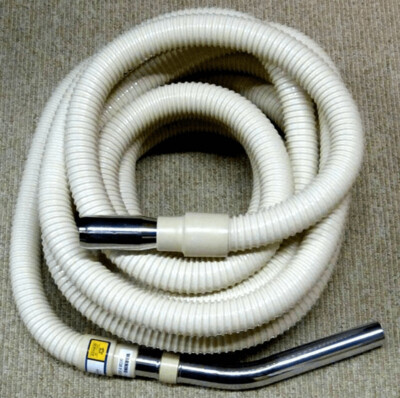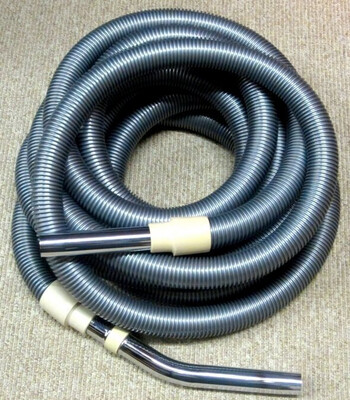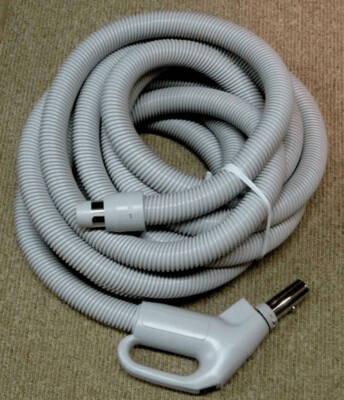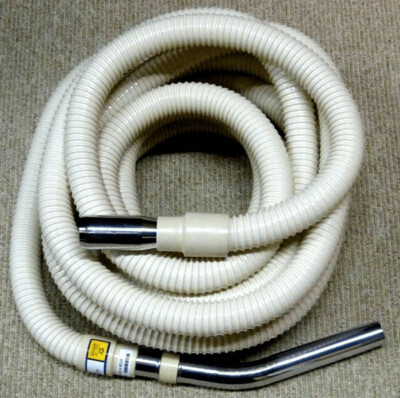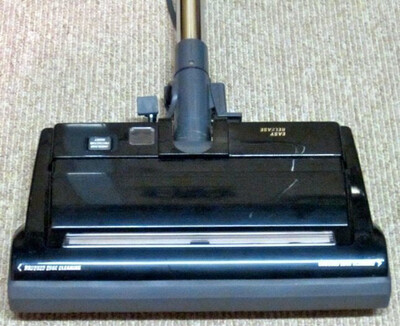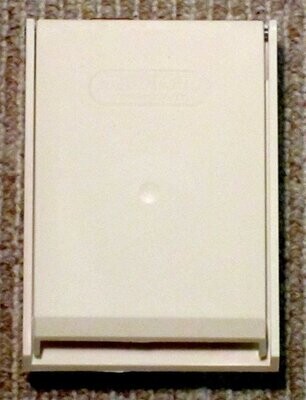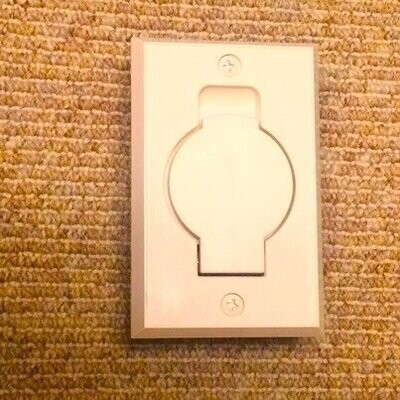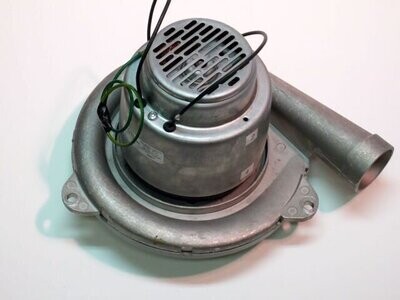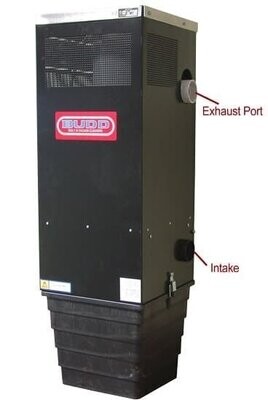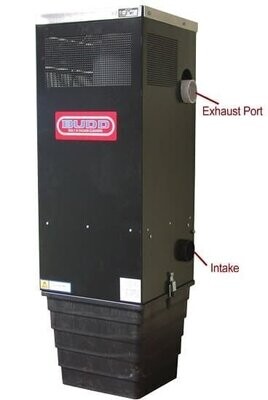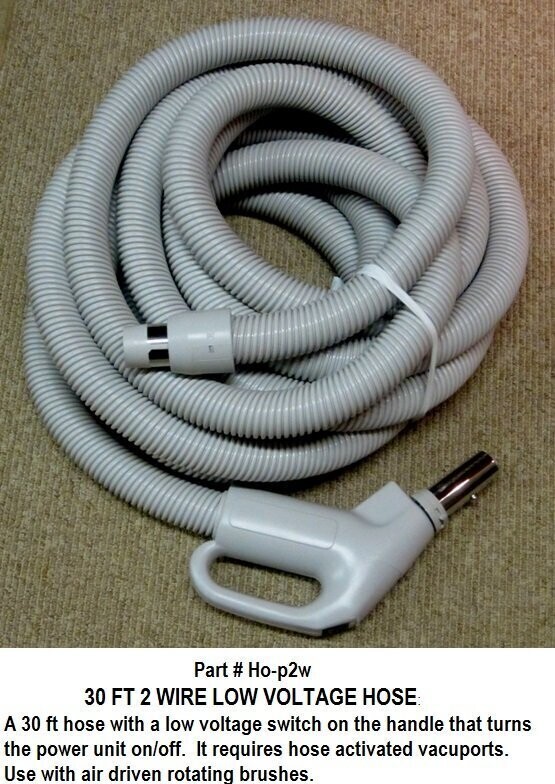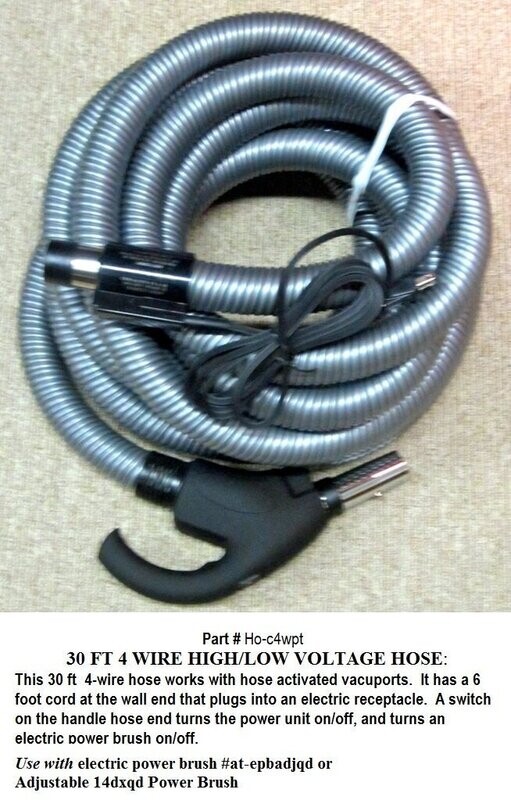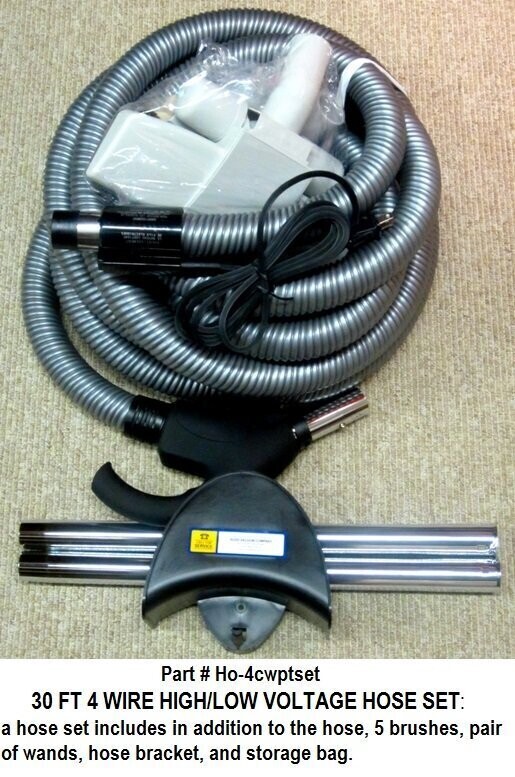Door Activated Hoses
Hose Activated Hoses
Crushproof Hoses
On / Off Hoses
Kenmore Compatible Hoses
Air Driven Rotating Brushes
Electric Motor Driven Rotating Brushes
Brushes and Attachments
Miscellaneous Parts
Door Activated Wall Inlets
Hose Activated Wall Inlets
Replacement Motors
Fittings and Pipes
Power Units
Power Unit Parts
Install Your Own
Vacuports
You will never need to buy another conventional vacuum again!
The outside exhaust vents dust and allergy-causing particles to the outside, leaving your house with cleaner fresher air. Nothing to lug around. Clean every corner of your home to perfection. No bags to purchase! Unequaled power that picks up every particle of dirt and dust. Microscopic dust is vented outdoors along with germs and odors.


